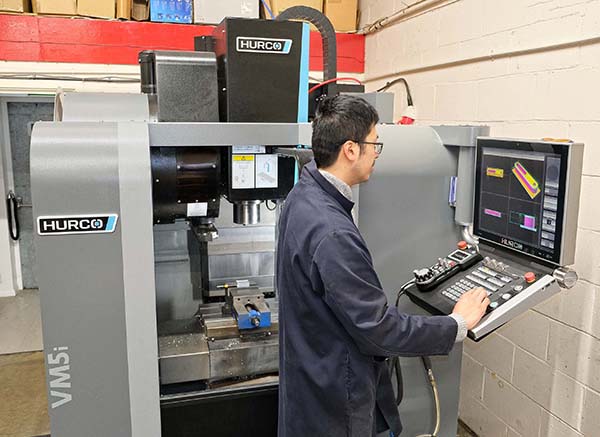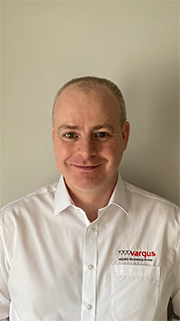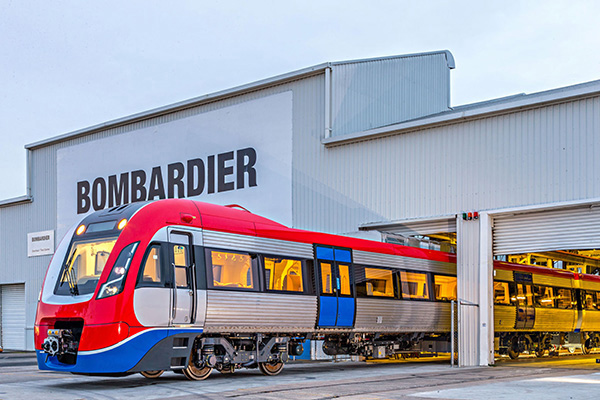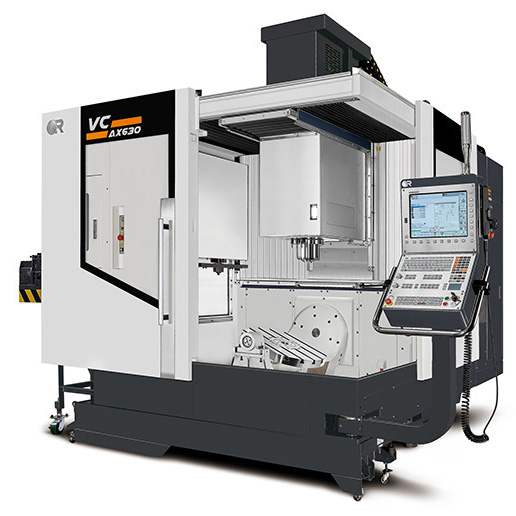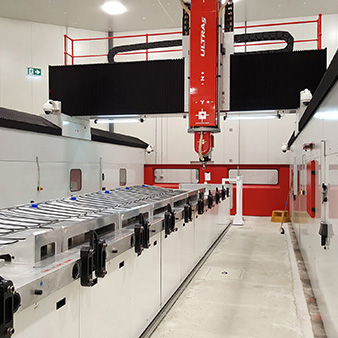
Shortlisted for the Young Entrepreneur of the Year Awards 2021 and a finalist in 2020, 27-year-old Alun Cheung attended Farnborough College of Technology and then spent a few years working for a nearby composite components manufacturer. After spells at two contract machining firms, in April 2018 he decided to start his own subcontracting business, SLAC Precision Engineering Ltd.
At a time when his friends were buying their first houses, Cheung used the money he had saved to rent a factory unit in Basingstoke and put a deposit on a Hurco VM5i three-axis vertical machining centre. The investment allowed him to take on work suitable for machining within a 457 x 356 x 356 mm working volume, and he quickly established a loyal customer base within the aerospace, automotive, medical, and oil and gas industries.
Two years later, in May 2020, Cheung purchased a larger Hurco VMC, a VM10i with a 762 x 406 mm table, more than doubling his capacity. At the time he was busy fulfilling a contract for a new customer in the satellite communications sector, involving the production of a couple of dozen different, mainly aluminium components in batches of 1-50. Many of the parts fitted perfectly on the VM5i, and those that were smaller could be fixtured two at a time on the table of the VM10i, helping to cope with the required production volumes.
“It was the touchscreen CNC running Hurco’s WinMAX software, which offers both conversational and G-code programming, that persuaded me in favour of purchasing their VMCs,” says Cheung. “Their user interface makes it very intuitive and easy to control for millennials.”
For further information
www.hurco.co.uk






